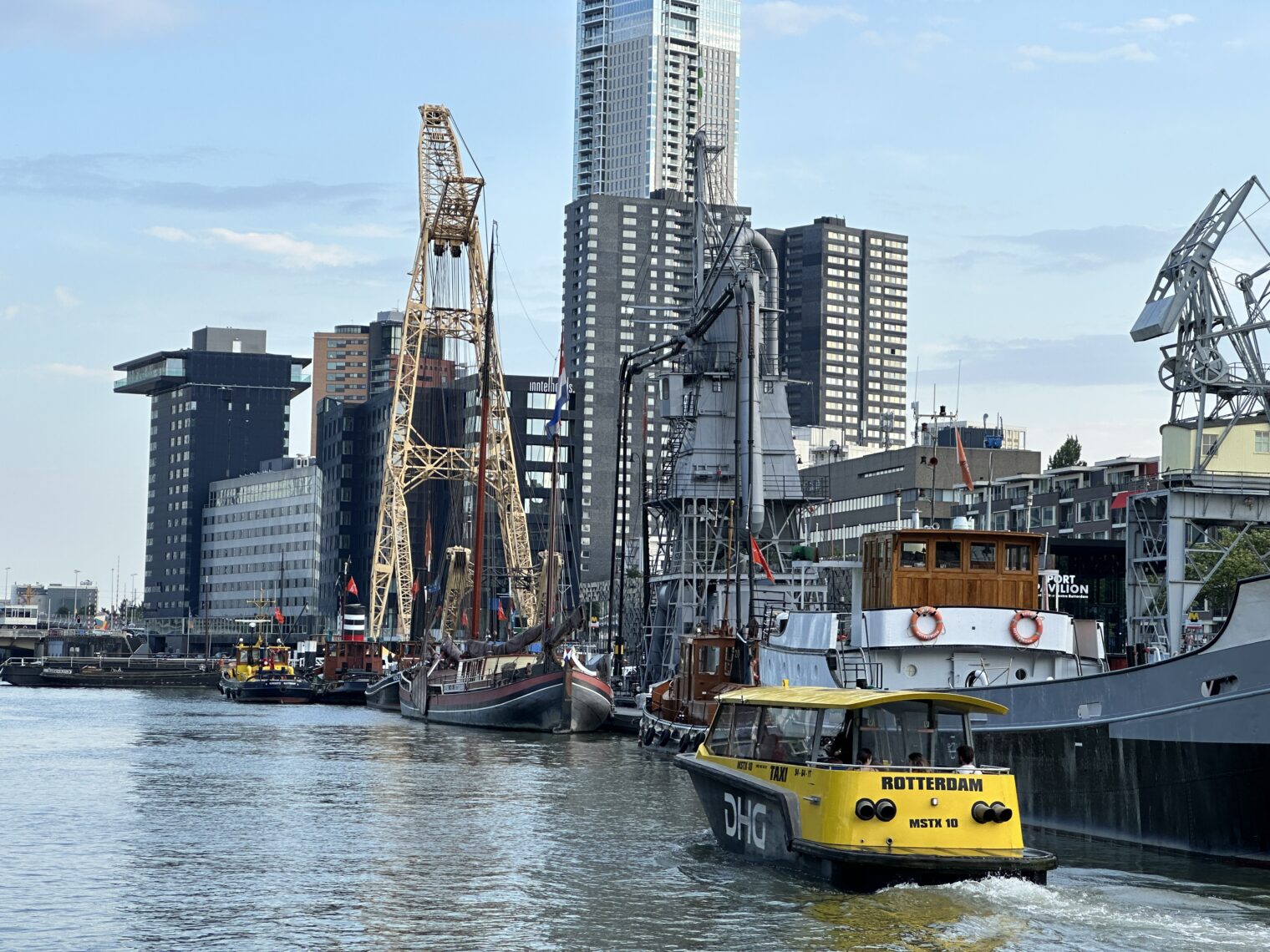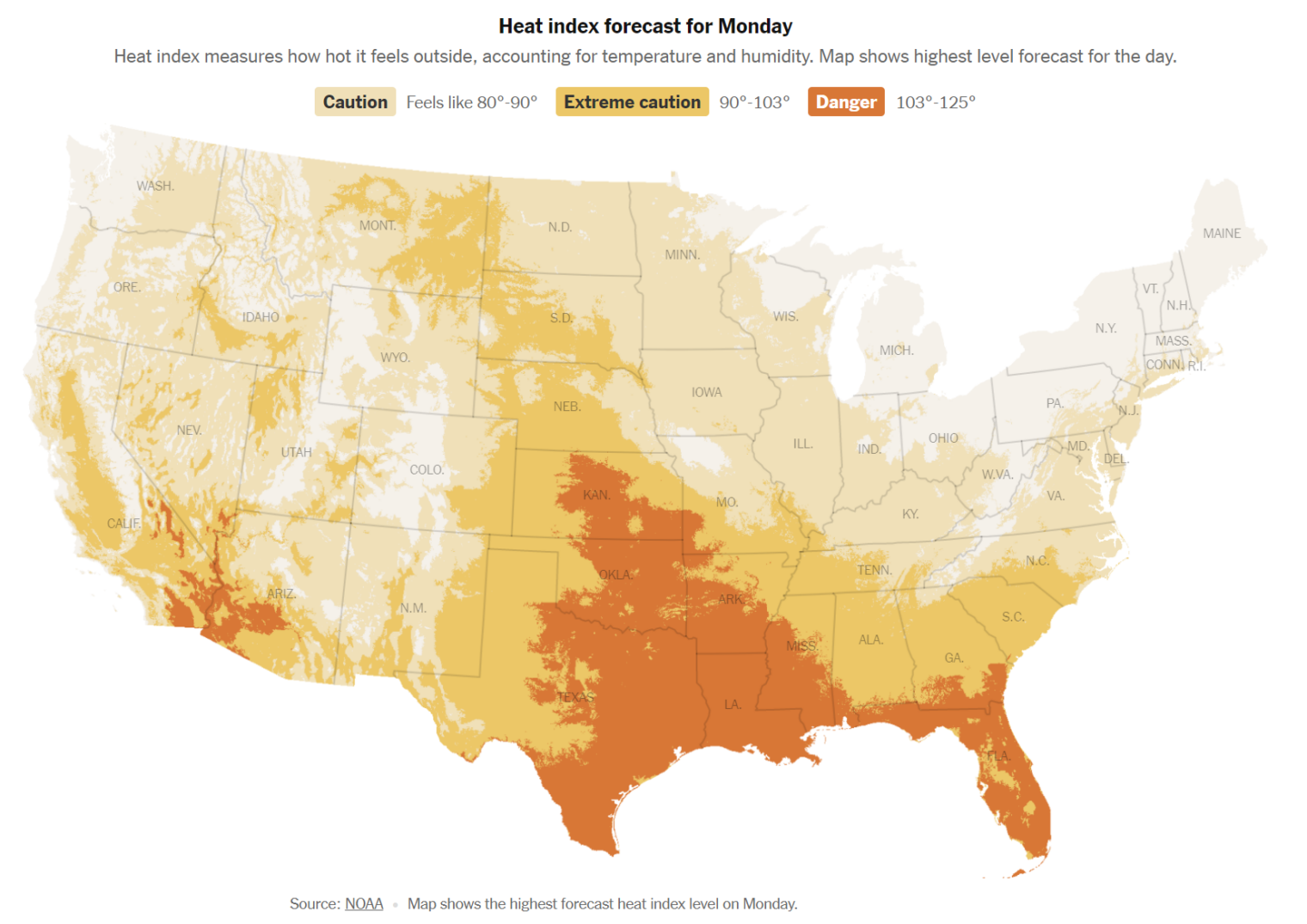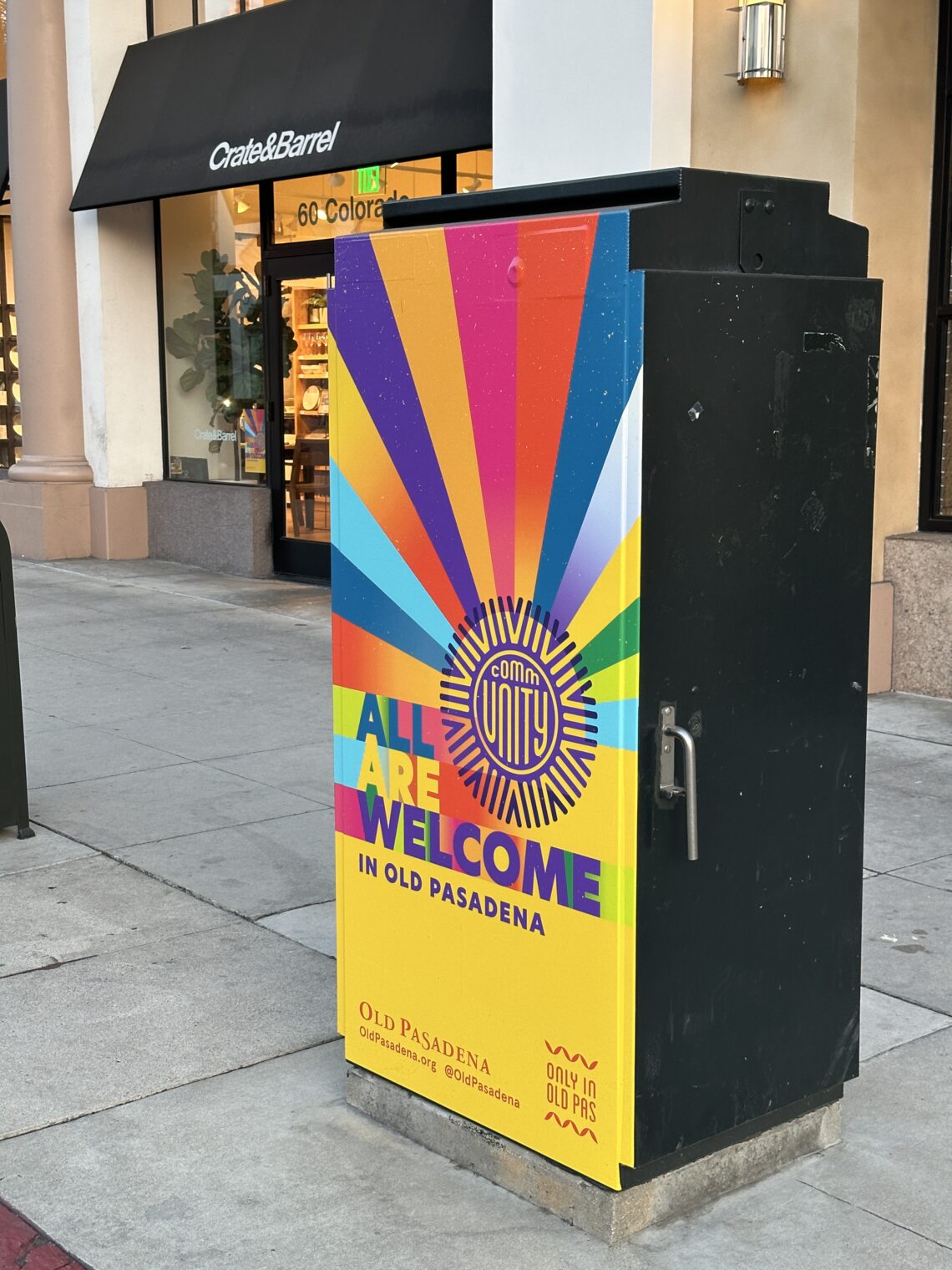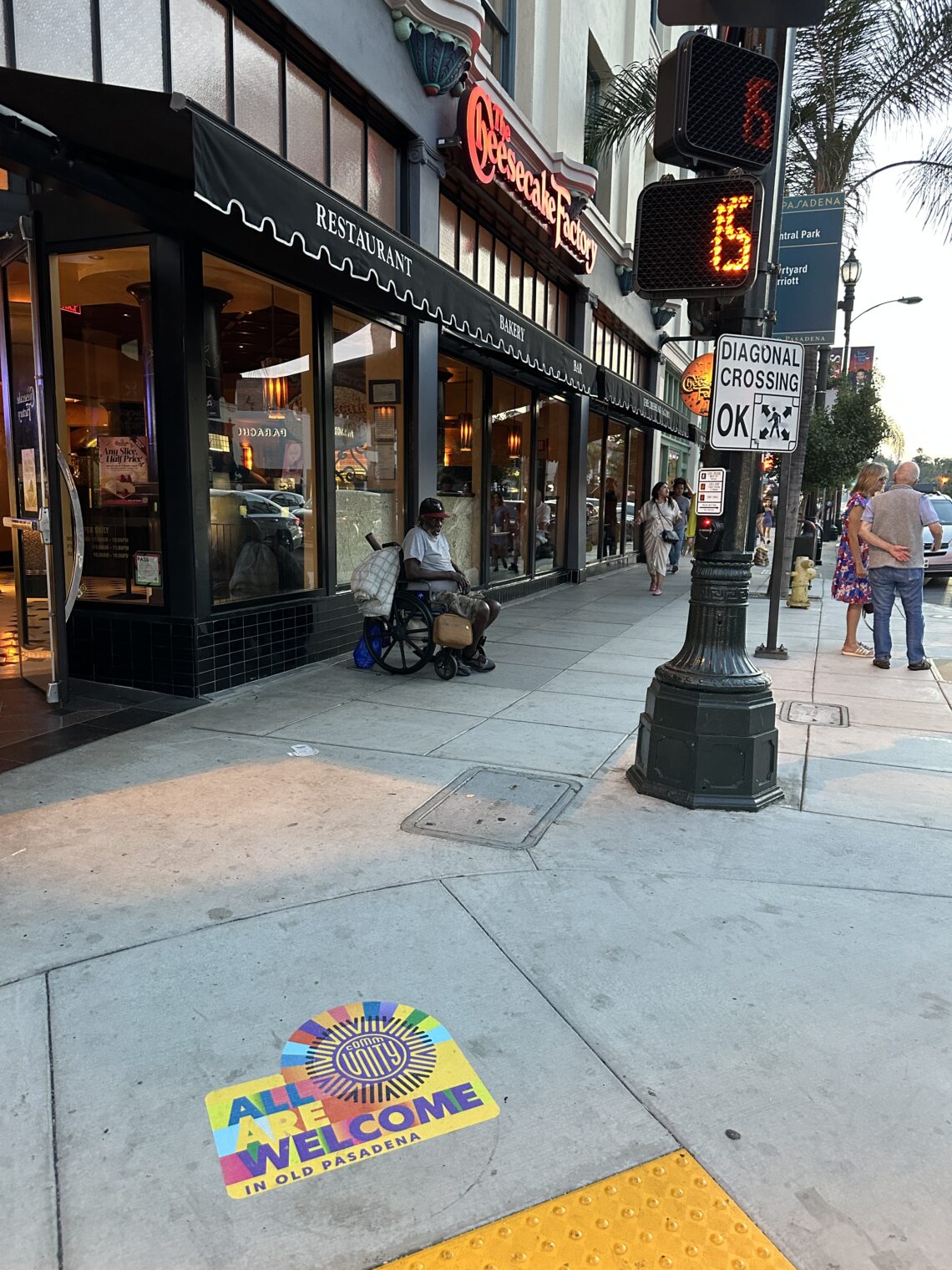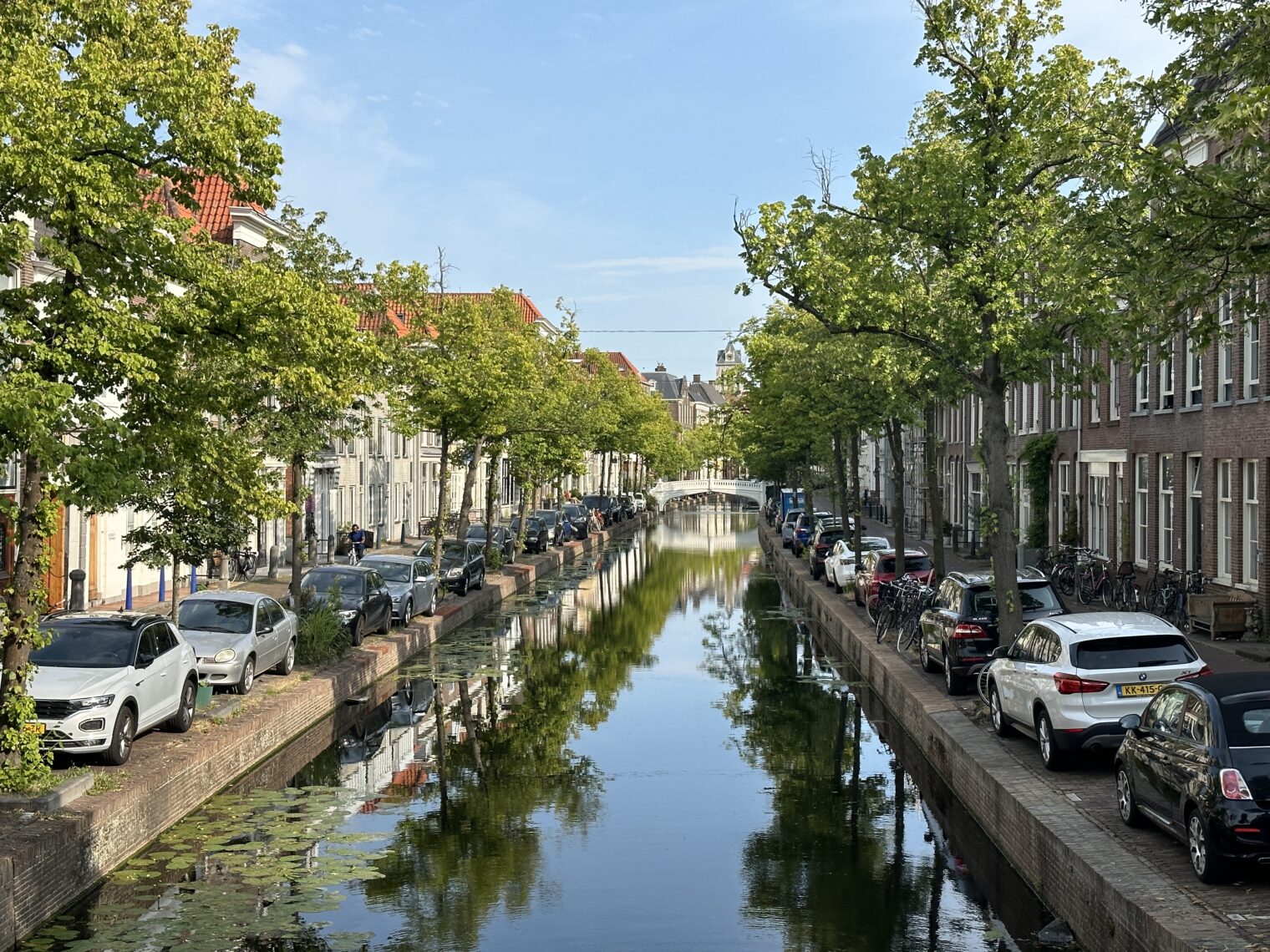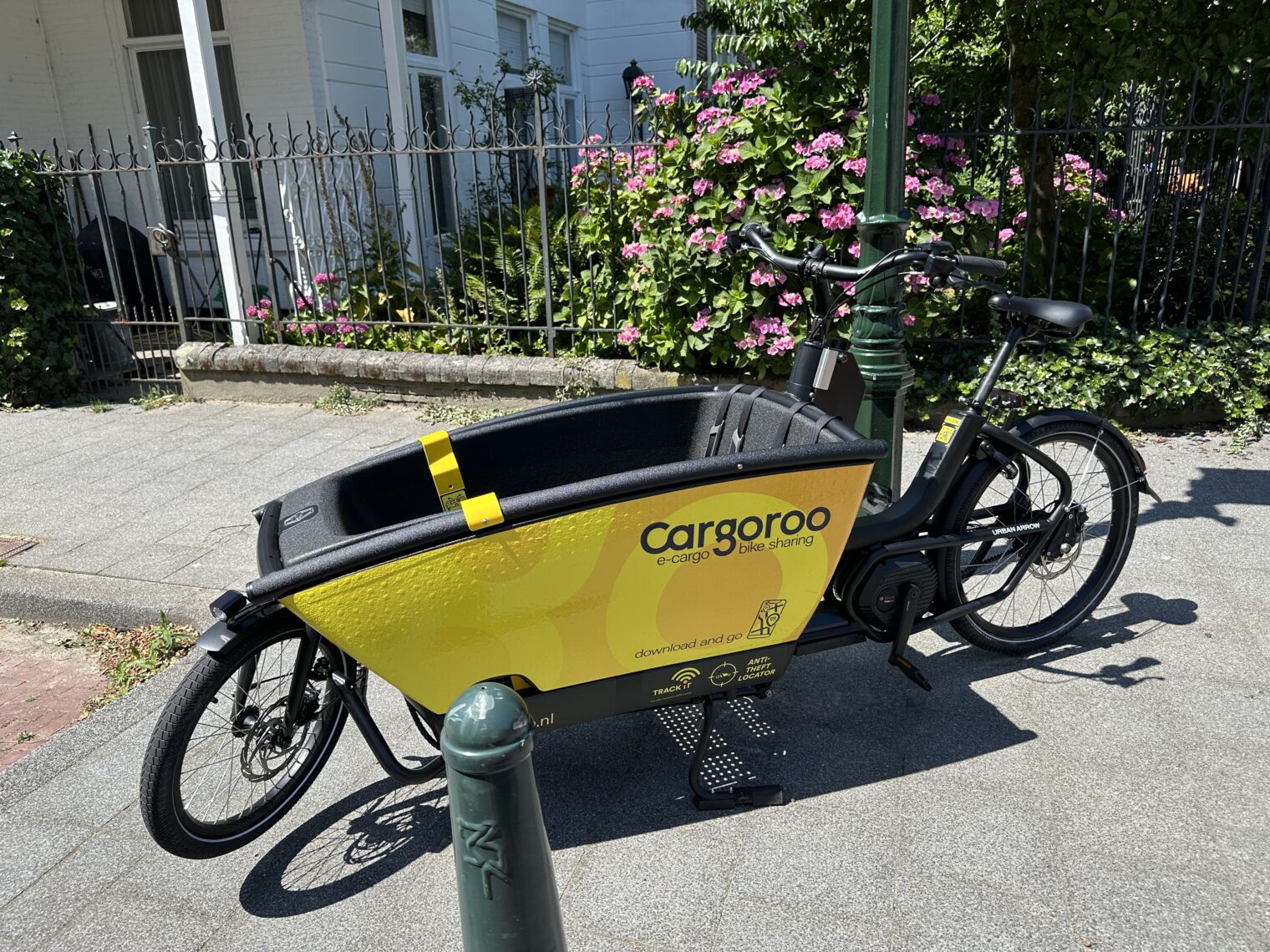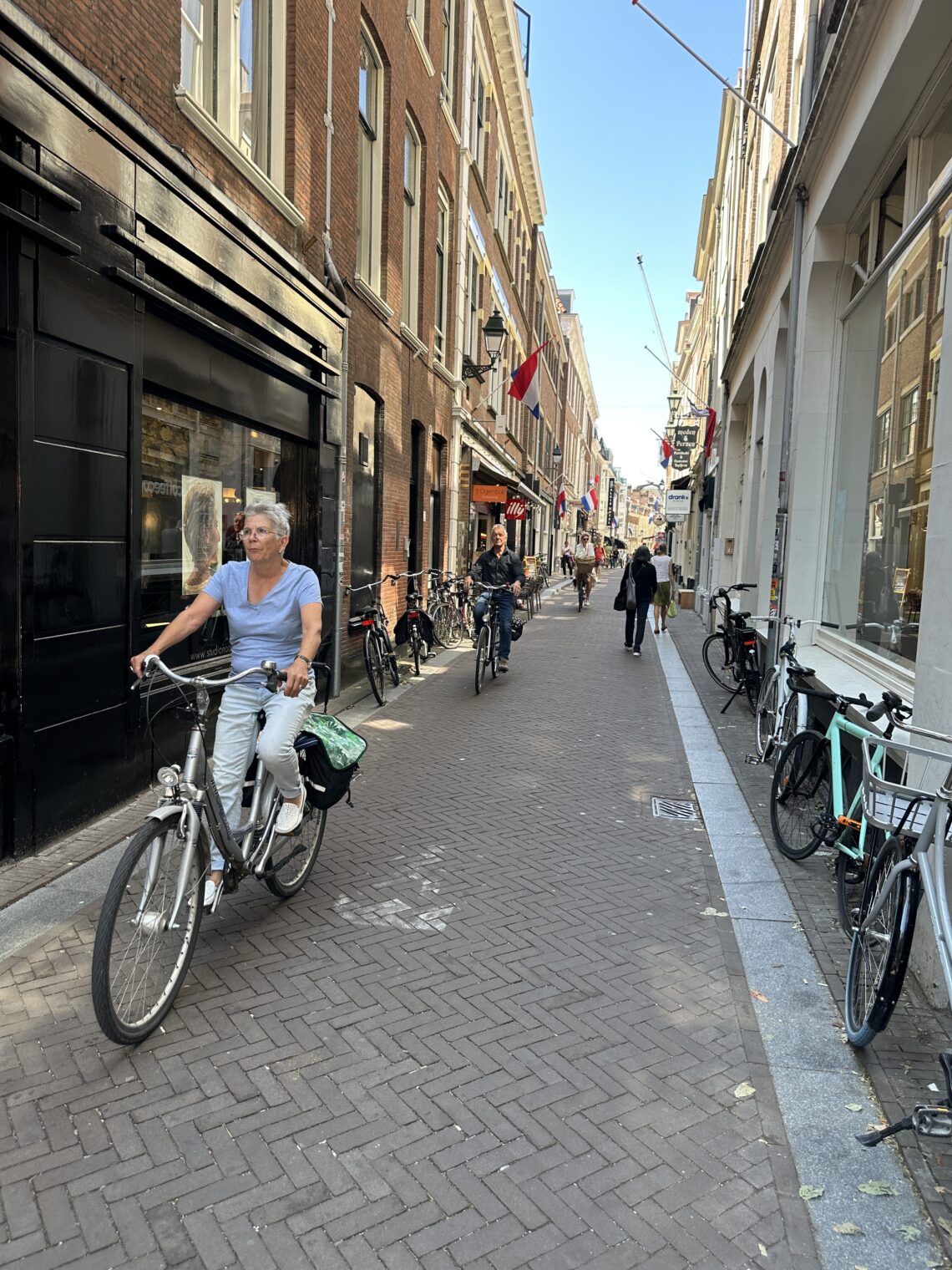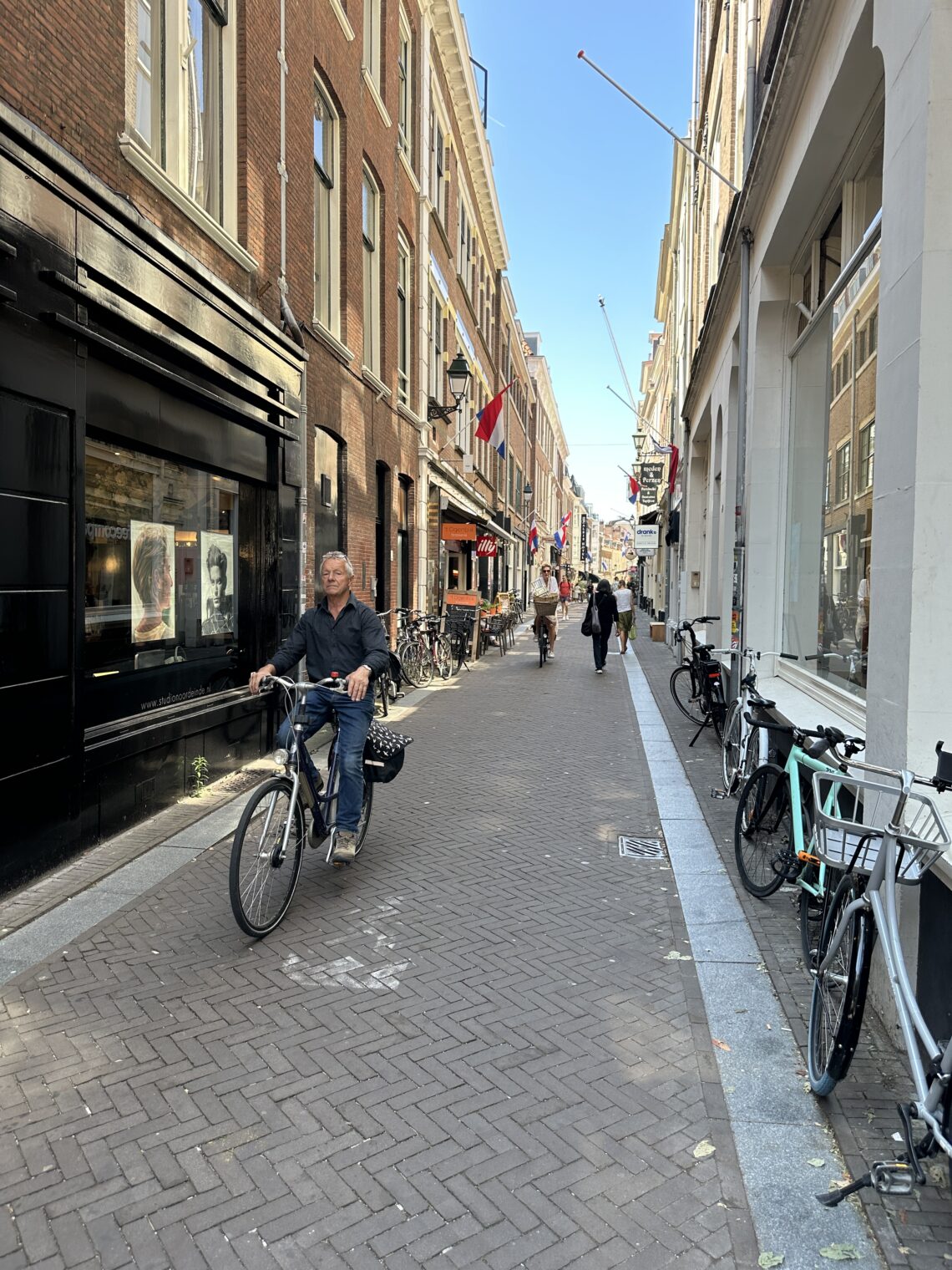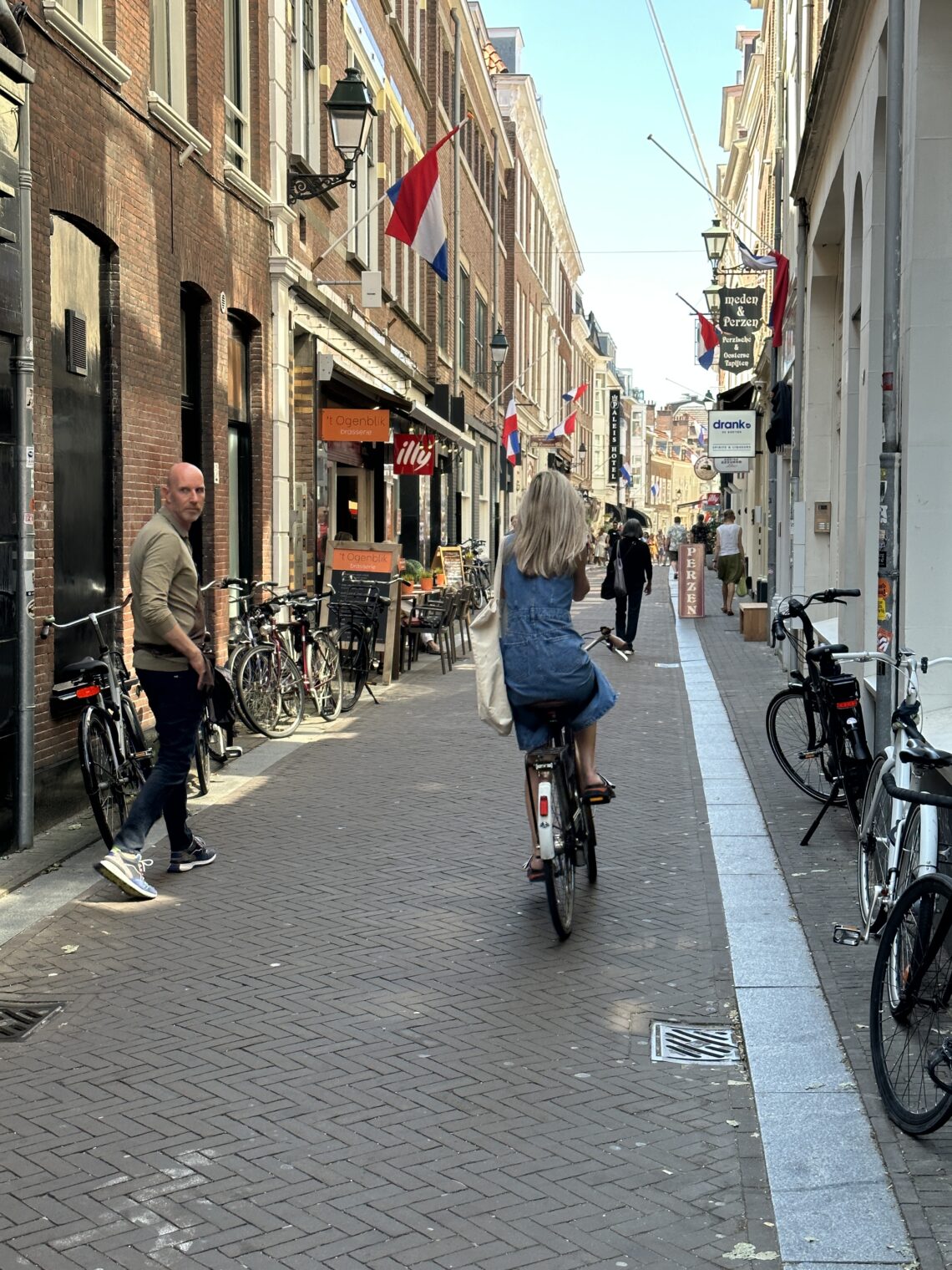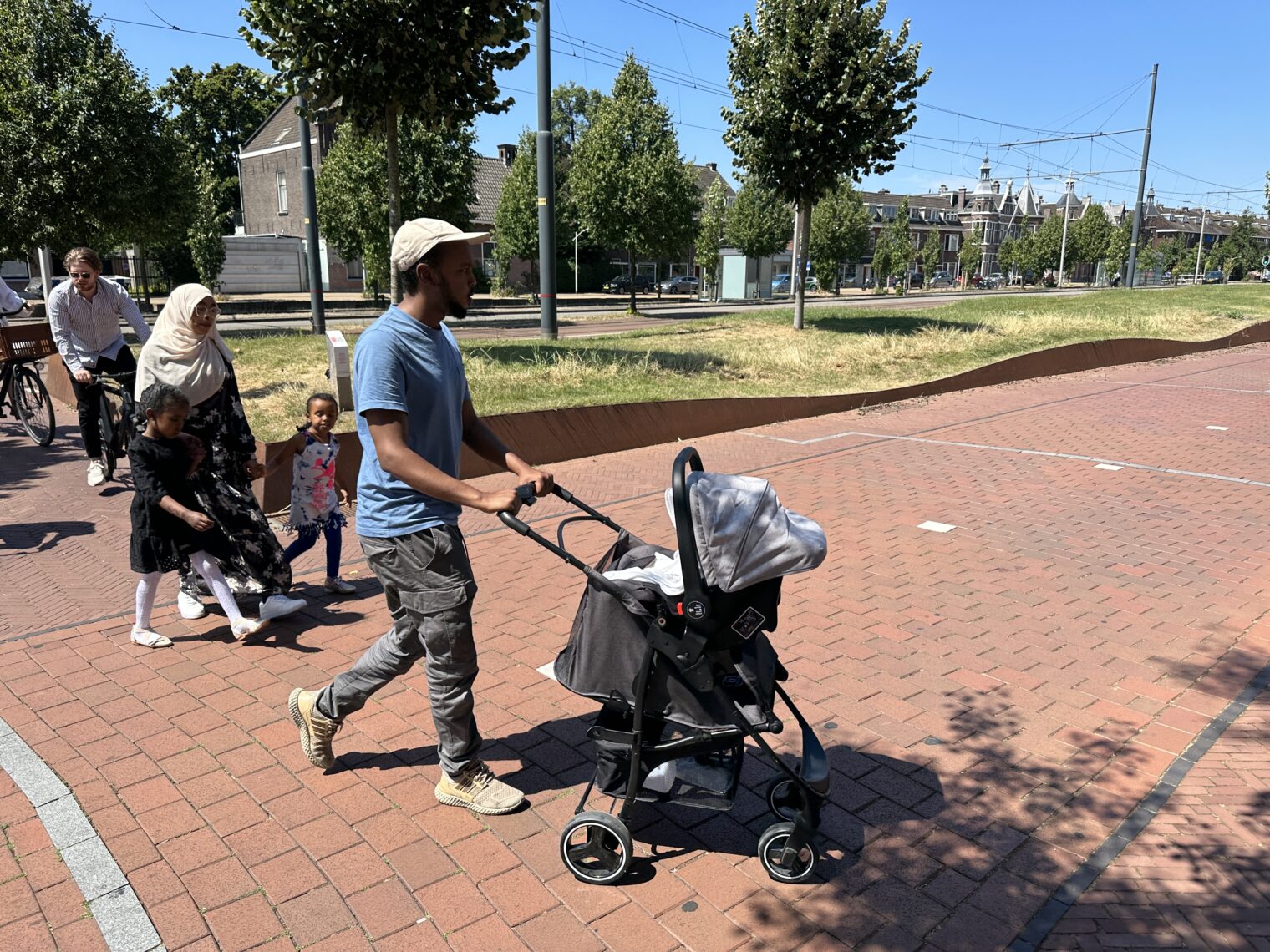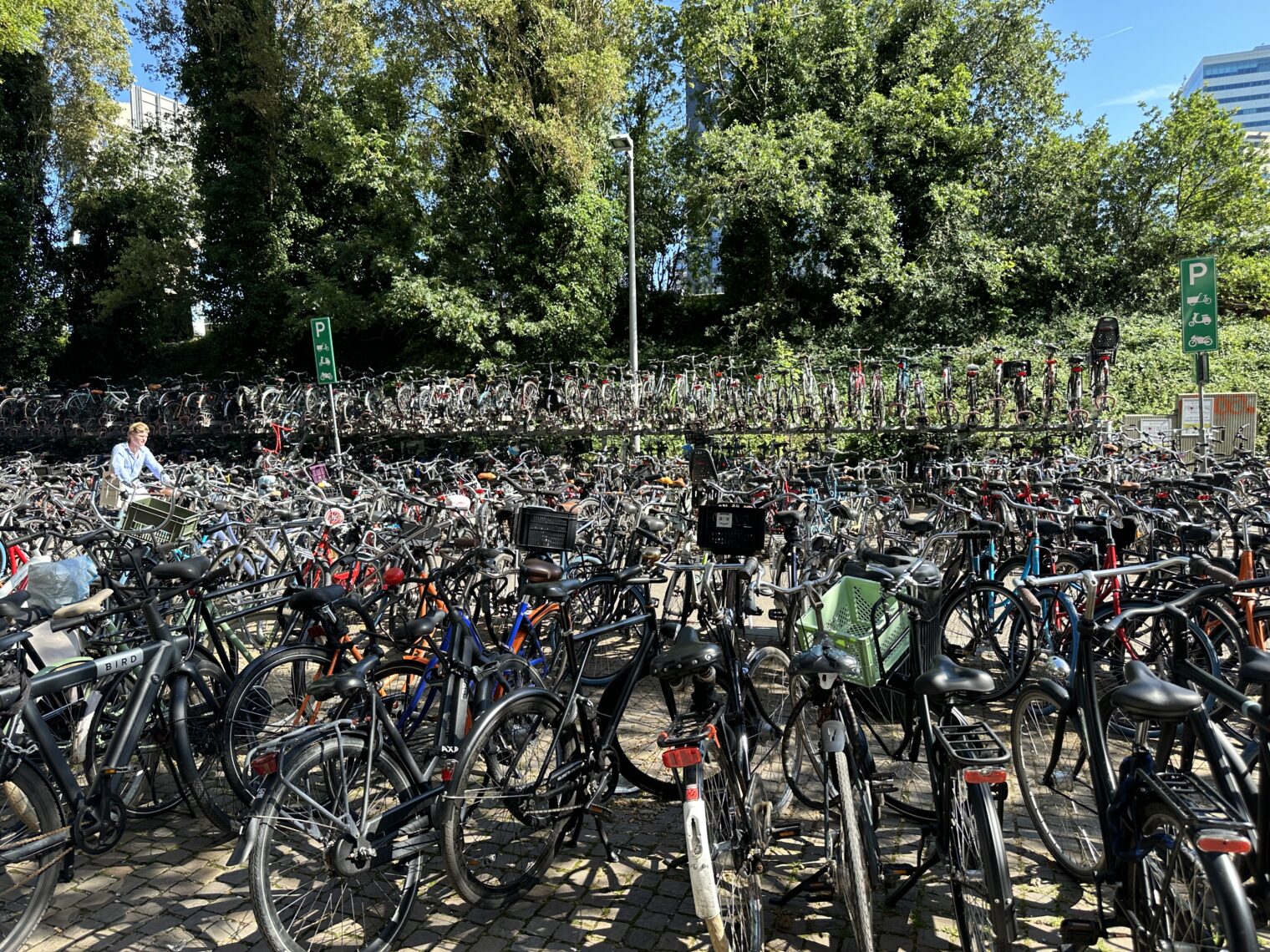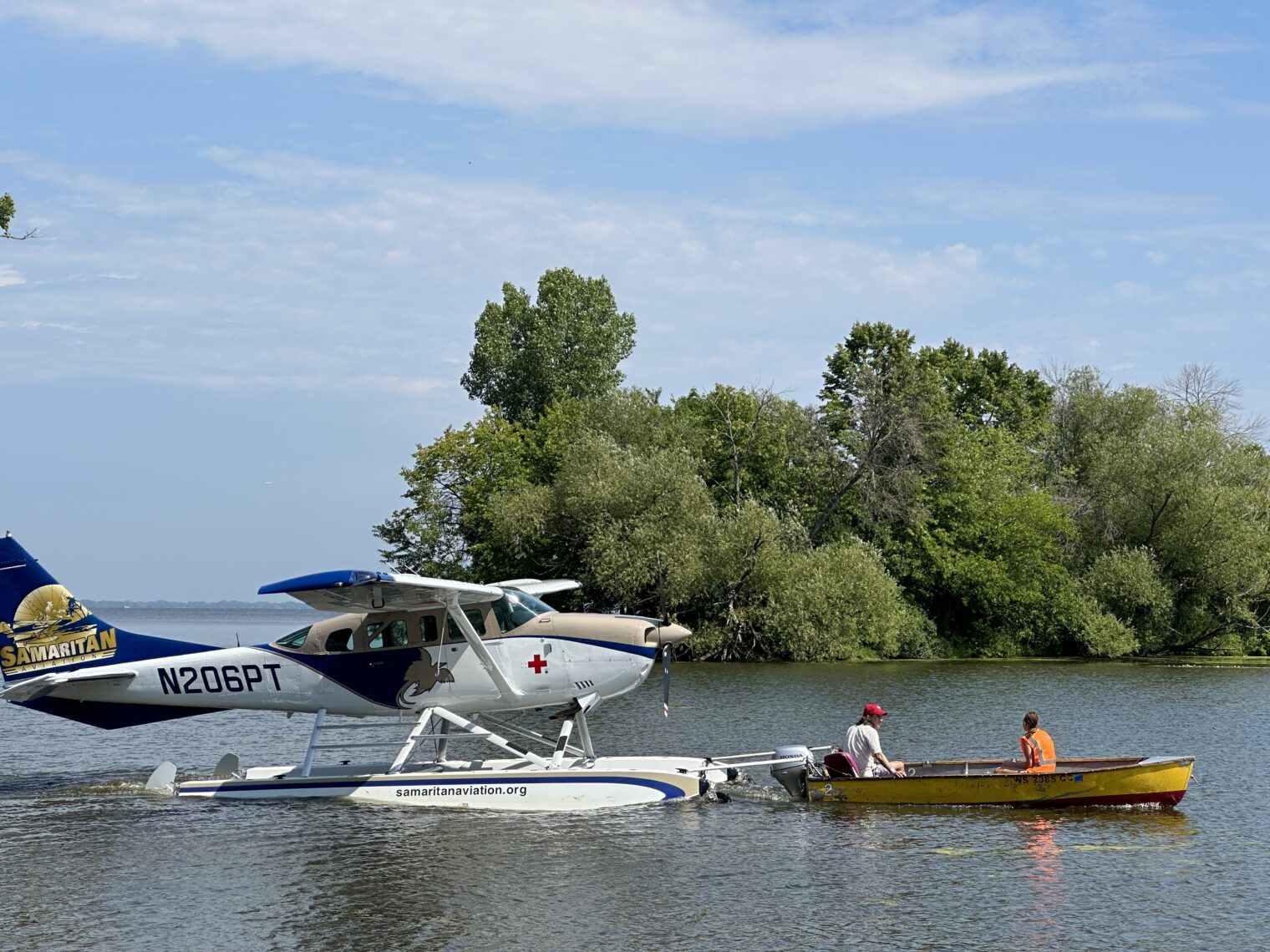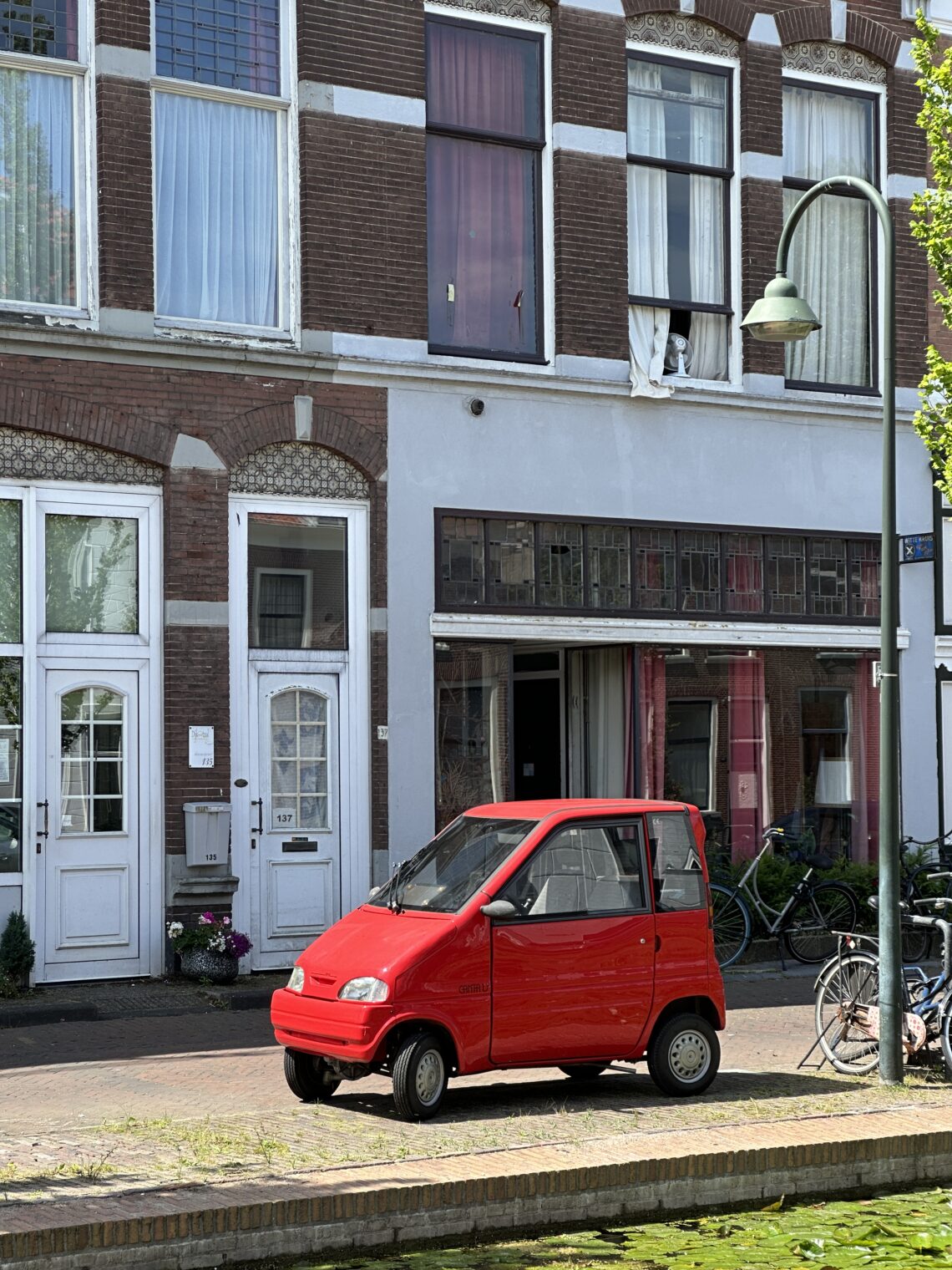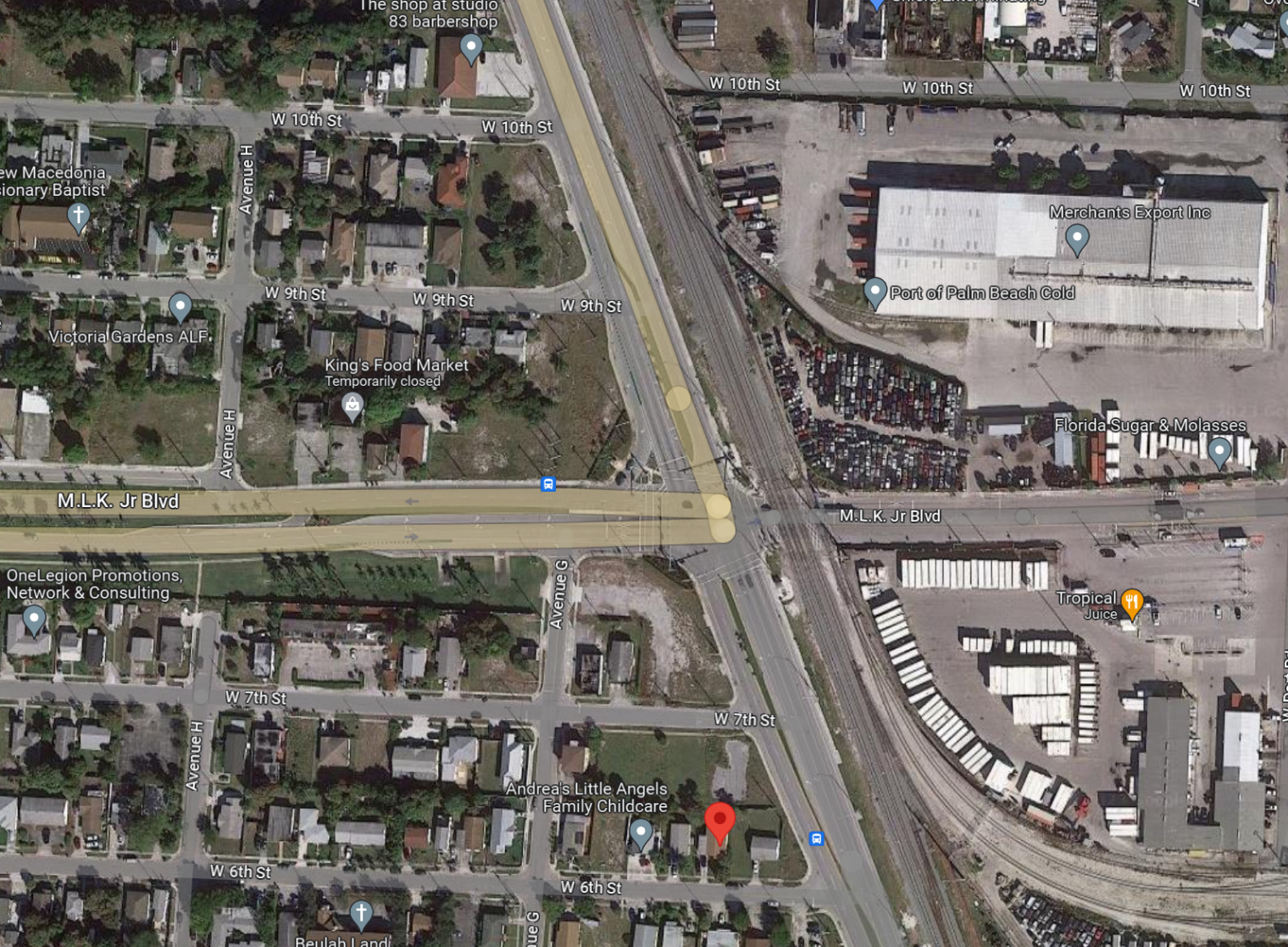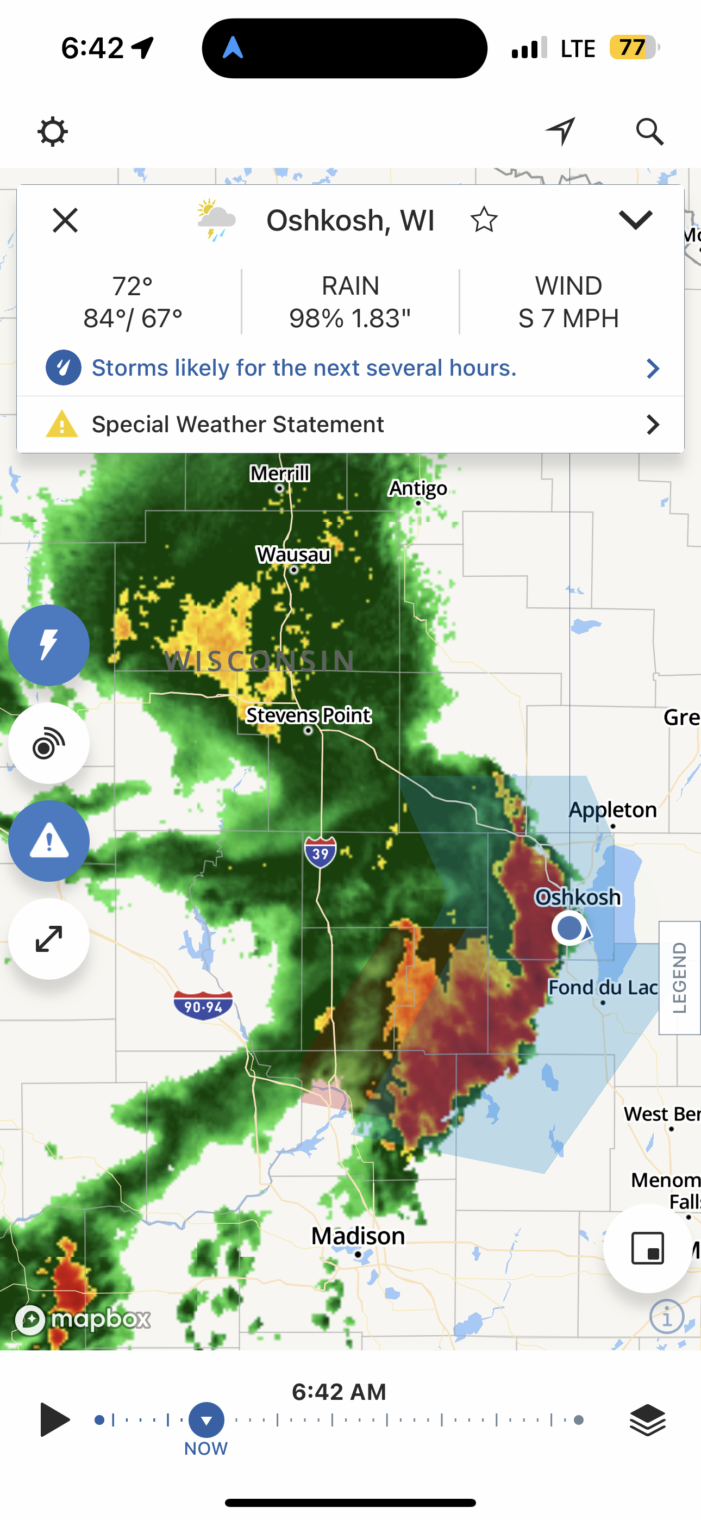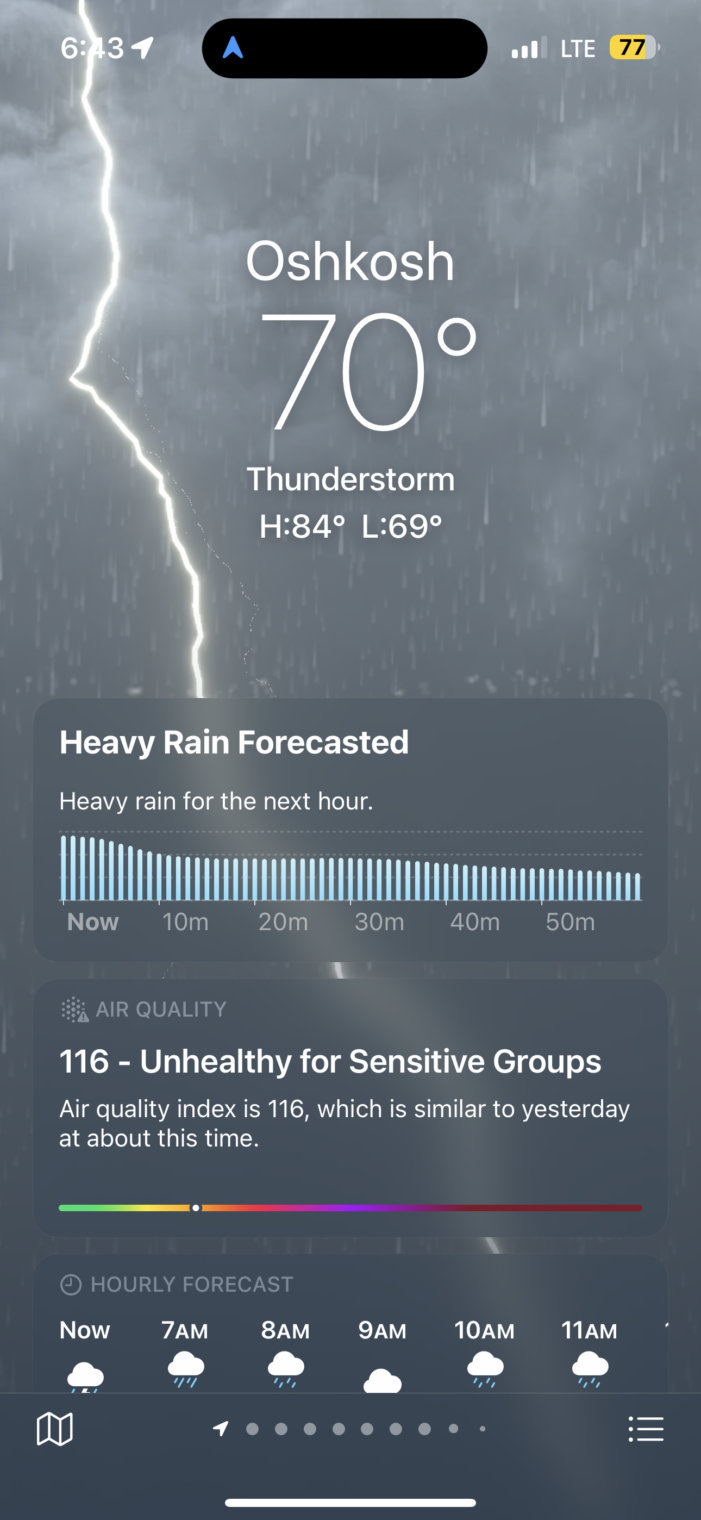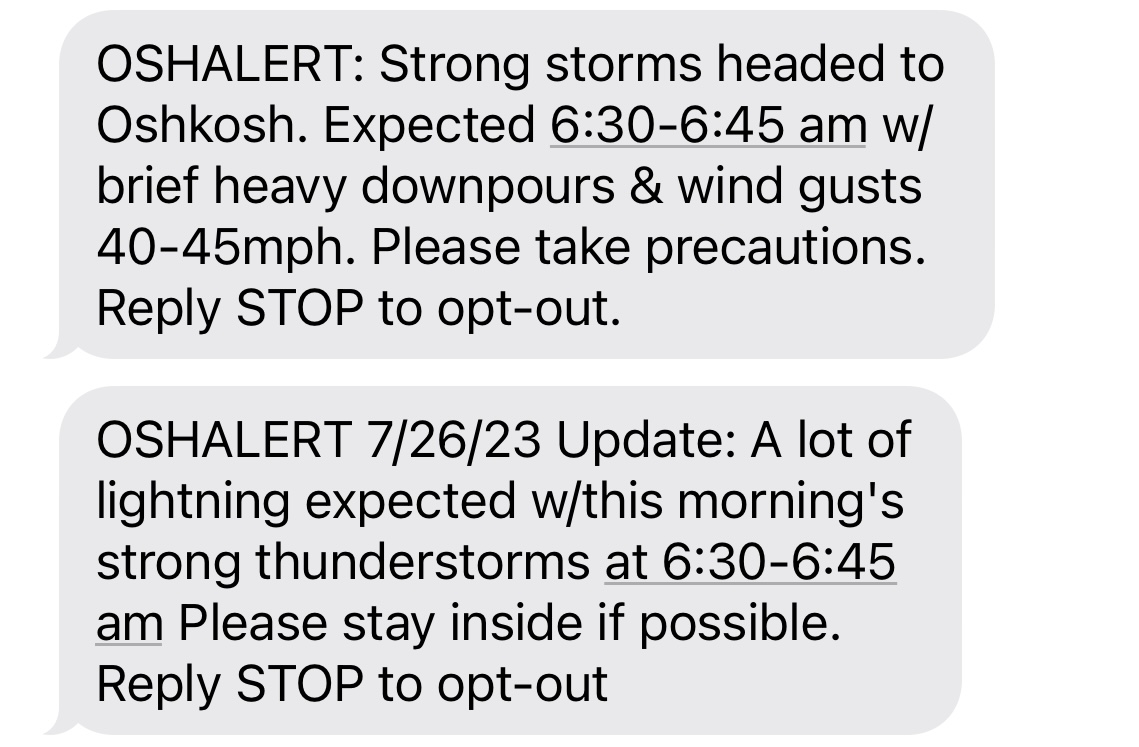The Dutch Pinball Museum in Rotterdam
Europeans who love Americana seem to be more passionate about their hobbies than we are. The Dutch Pinball Museum in Rotterdam confirms this general observation. I asked Gerard van de Sanden, the founder and collector, why he closed at 6 pm. “All of the American pinball collections stay open until midnight and sell as much alcohol as possible, which is how they make their money.” He replied that the late-night crowd didn’t treat the machines well and preserving the machines was more important to him than making a higher profit.
Compared to arcades in the U.S., the Dutch Pinball Museum is as quiet as a church. All of the machines have had their volume turned down low so that it isn’t deafening when the museum gets crowded. Visitors are friendly and enthusiastic. I talked to one couple where the husband has 11 machines in a backyard shed. They’d driven 3 hours from the farthest corner of the Netherlands to spend a Saturday here. The wife wasn’t an enthusiast, but joined nonetheless. On the way, they picked up friends, a couple where both husband and wife play. They have 5 machines inside their house.
For the Dutch lover of pinball, here’s the ultimate machine:
It’s made in Holland by the Dutch Pinball company. Despite the obscurity of the manufacturer, the owner says that the machine is not difficult to maintain (though metric tools are required).
Unlike the typical “play all you want” arcades that call themselves museums, this one makes an attempt to educate:

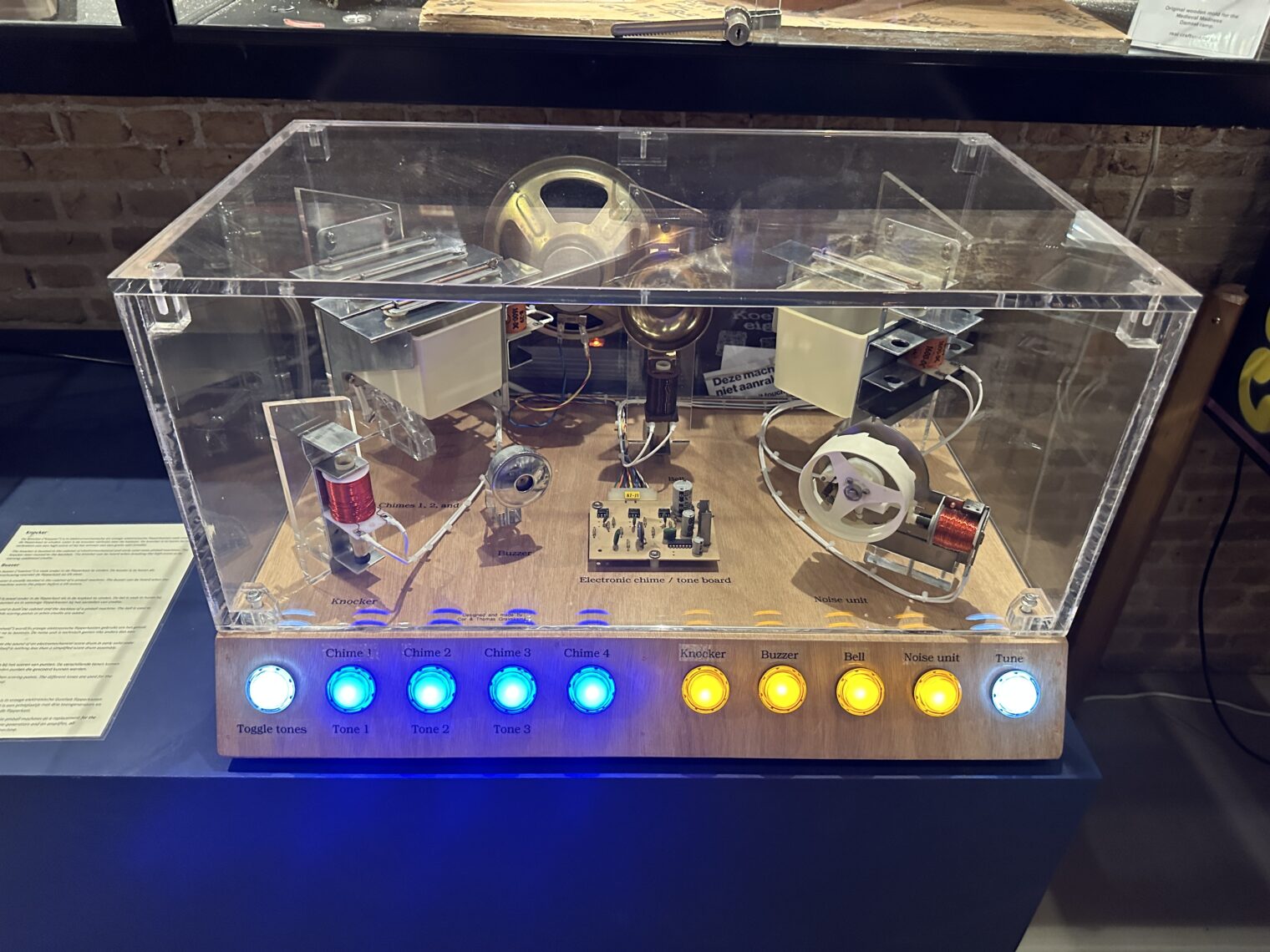

The collection includes an unusual modern game, a 40th anniversary Elvira’s House of Horrors (#31 out of just 199 made):
This is a great machine for playability, but I don’t love the theme, perhaps because I am not a horror movie fan and have never seen the Elvia TV show.
It’s Europe, so the collection must include a soccer game:
If you love space, the collection includes Black Hole and Stern’s fascinating innovative Orbitor 1:


With five technicians working in the background, the collection is quite strong on playable older machines. Example:
When you’re done, take the water taxi back to the city center.
Then hit the Markthal:
Where else can one experience great pinball in Europe? The owner suggested Krakow, Poland.
Separately, Rotterdam itself offers a mixture of Western debauchery and Islamic rectitude. A strip club is close to Halal Fried Chicken, for example:
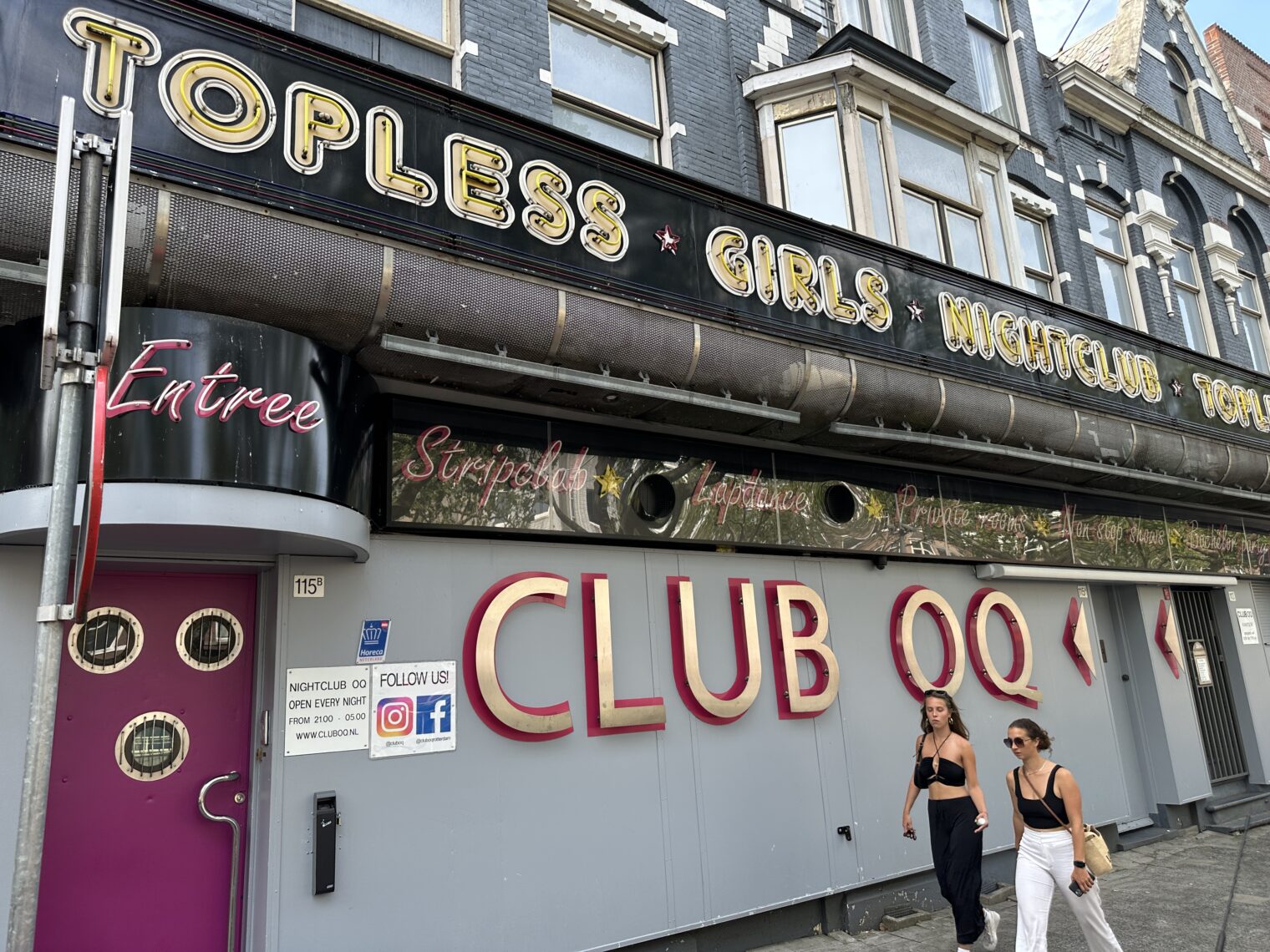
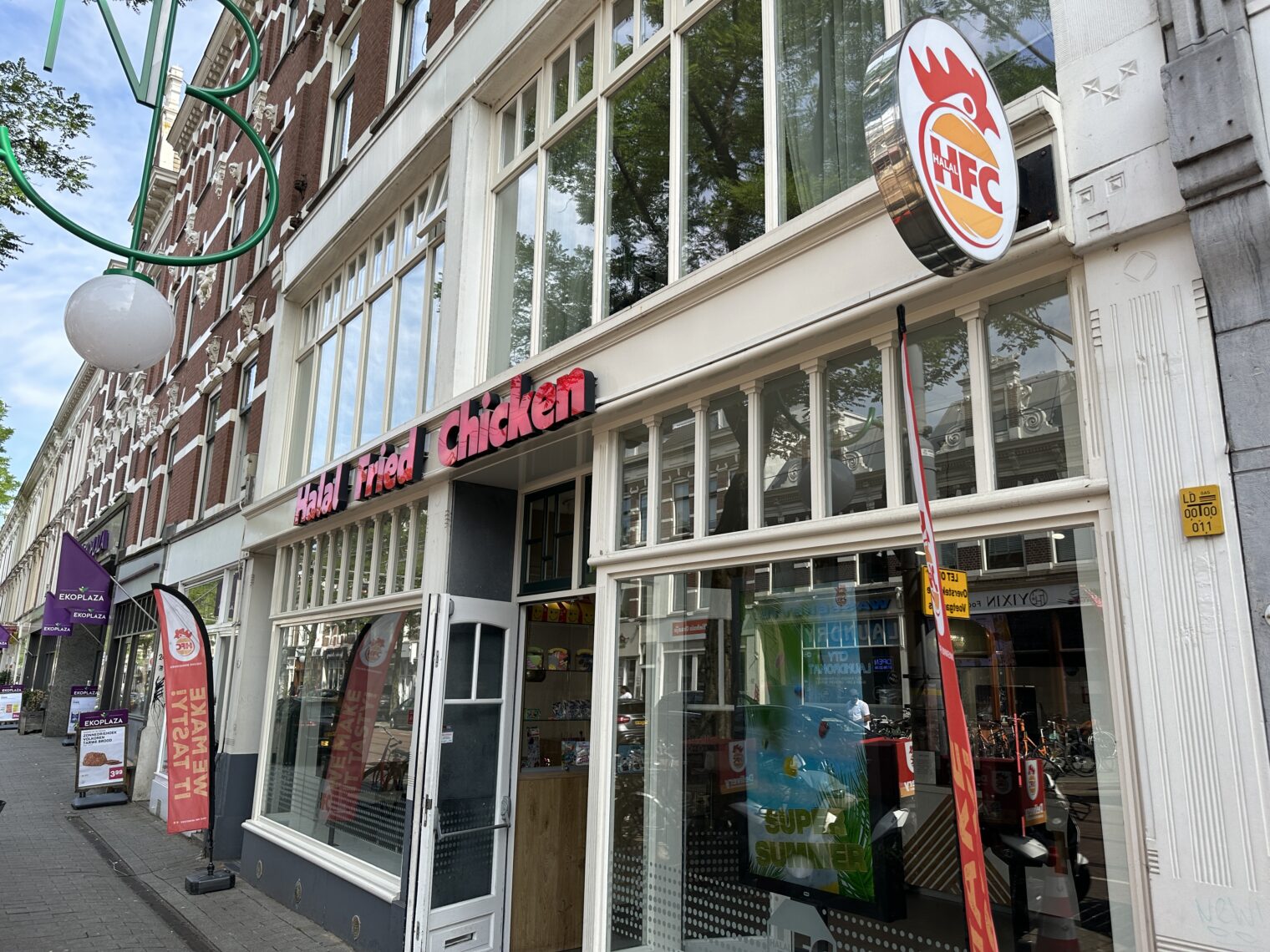
Related:
- the world’s largest pinball museum, in Banning, California, closed during coronapanic and never reopened (it was replaced by a marijuana-growing operation; the New York Times story mentions that the 1,700 games could be worth $7 million, but fails to note that marijuana will succeed pinball)




